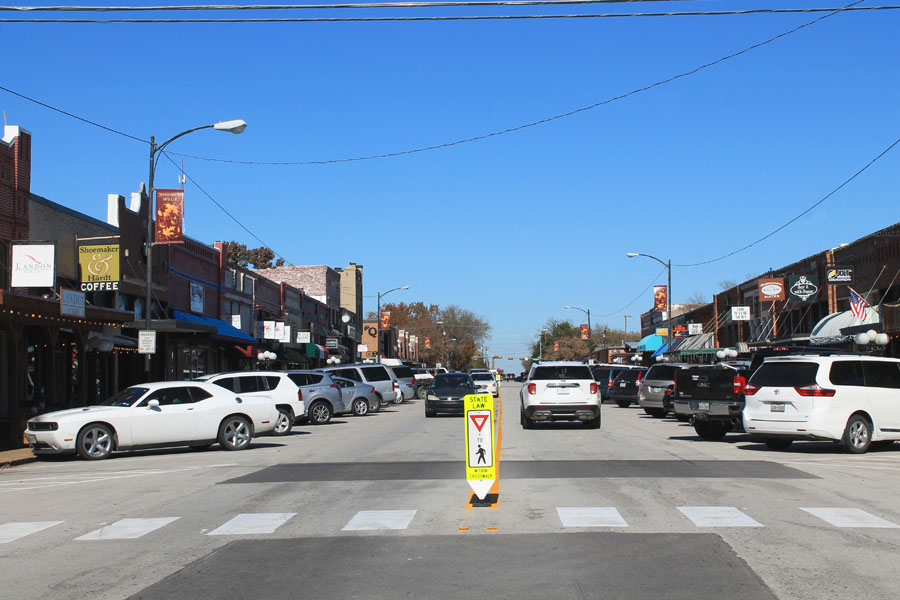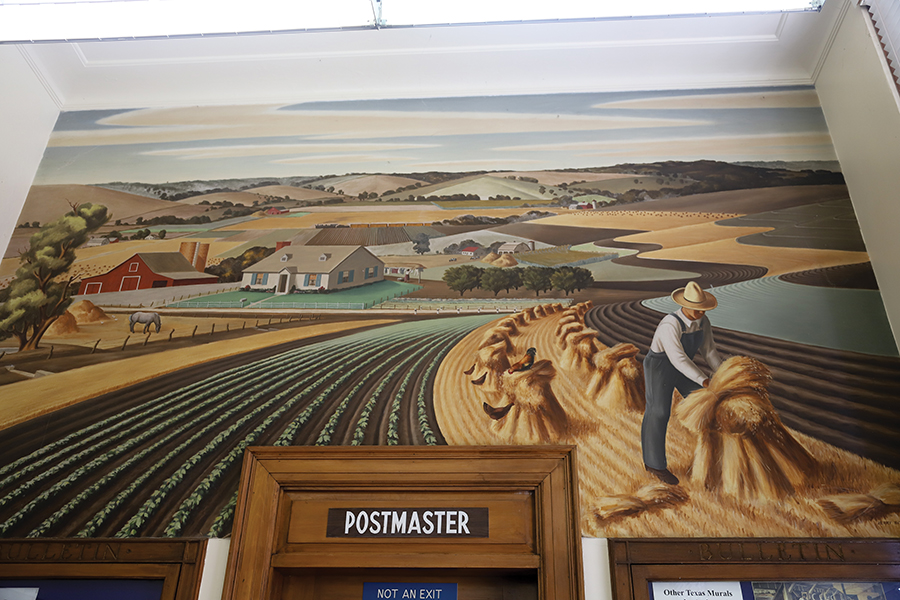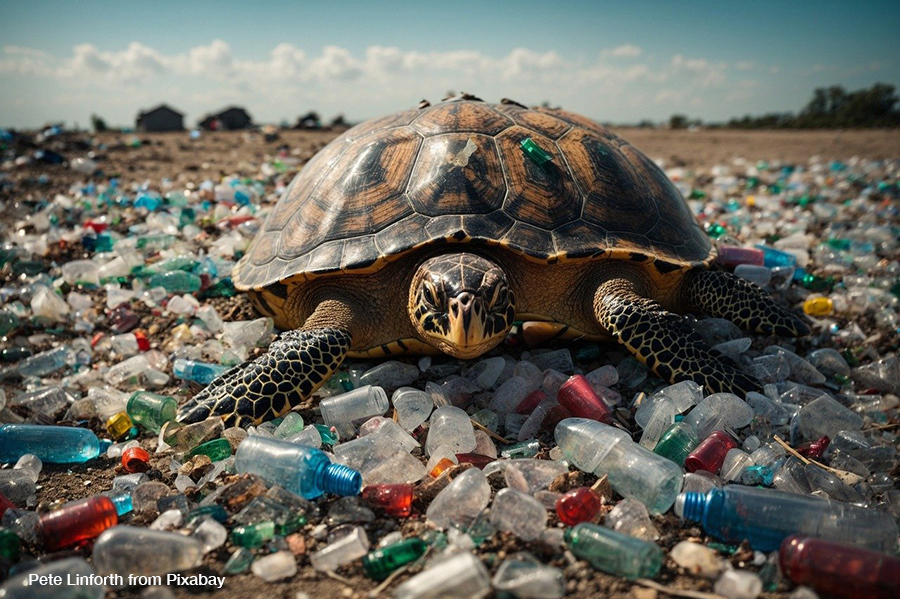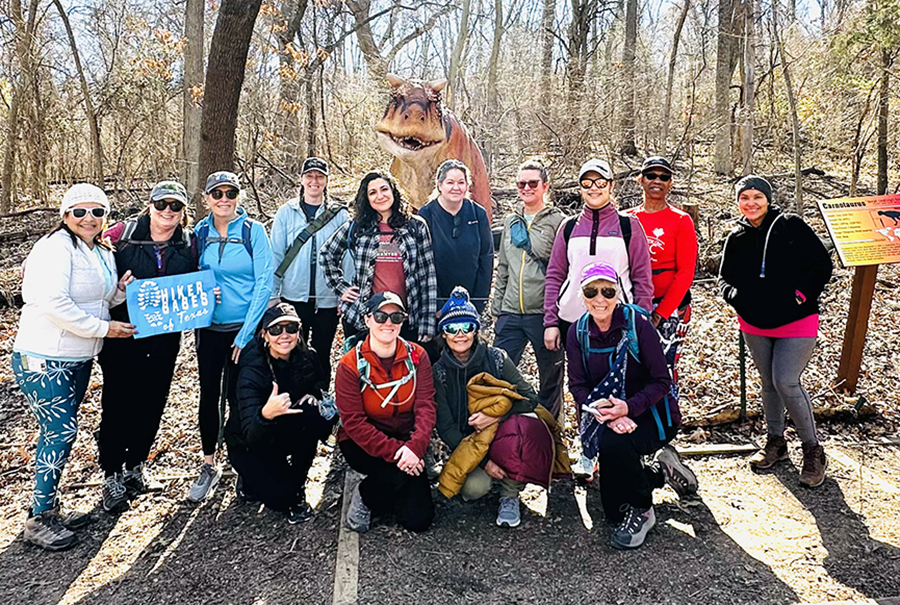The human heart and the miles of blood vessels that snake through the body are a wonder to behold. Made up of three independent components, the cardiovascular system functions best when these three components, which include the heart, lungs and portal vessels, work cohesively.
Each day 2,000 gallons of blood travel through the blood vessels to provide oxygenated blood to the body and remove waste materials, including carbon dioxide. That’s a lot of traveling. In fact, according to LiveScience, if you were to lay out all of the arteries, capillaries and veins in one adult from end-to-end, they would stretch roughly 60,000 miles, which means that our blood vessels could wrap around the Earth 2.5 times.
The human cardiovascular system is nothing short of fascinating, and the following are some even more remarkable facts about this wonder of nature, courtesy of Mercola, PBS, CPR Certified medical training group, and LiveScience.
• The heart beats around 2.5 billion times in the average person’s lifetime.
• Red blood cells have to move in a single-file line to fit through the miniscule capillaries in the body.
• When the body is at rest, it takes about six seconds for the blood to go from the heart to the lungs and back.
• A woman’s heart typically beats faster than a man’s heart, at a rate of 78 times per minute (mens’ hearts beat 70 times per minute).
• The corneas in a person’s eyes are the only bodily cells that do not receive a blood supply.
• The thumping sound of the heart is made by the four valves of the heart closing.
• If a heart has an adequate supply of oxygen, it can beat even when separated from the body, thanks to its own electrical impulse.
For full story see The Wylie News at http://www.etypeservices.com/Wylie%20NewsID245/default.aspx



















0 Comments